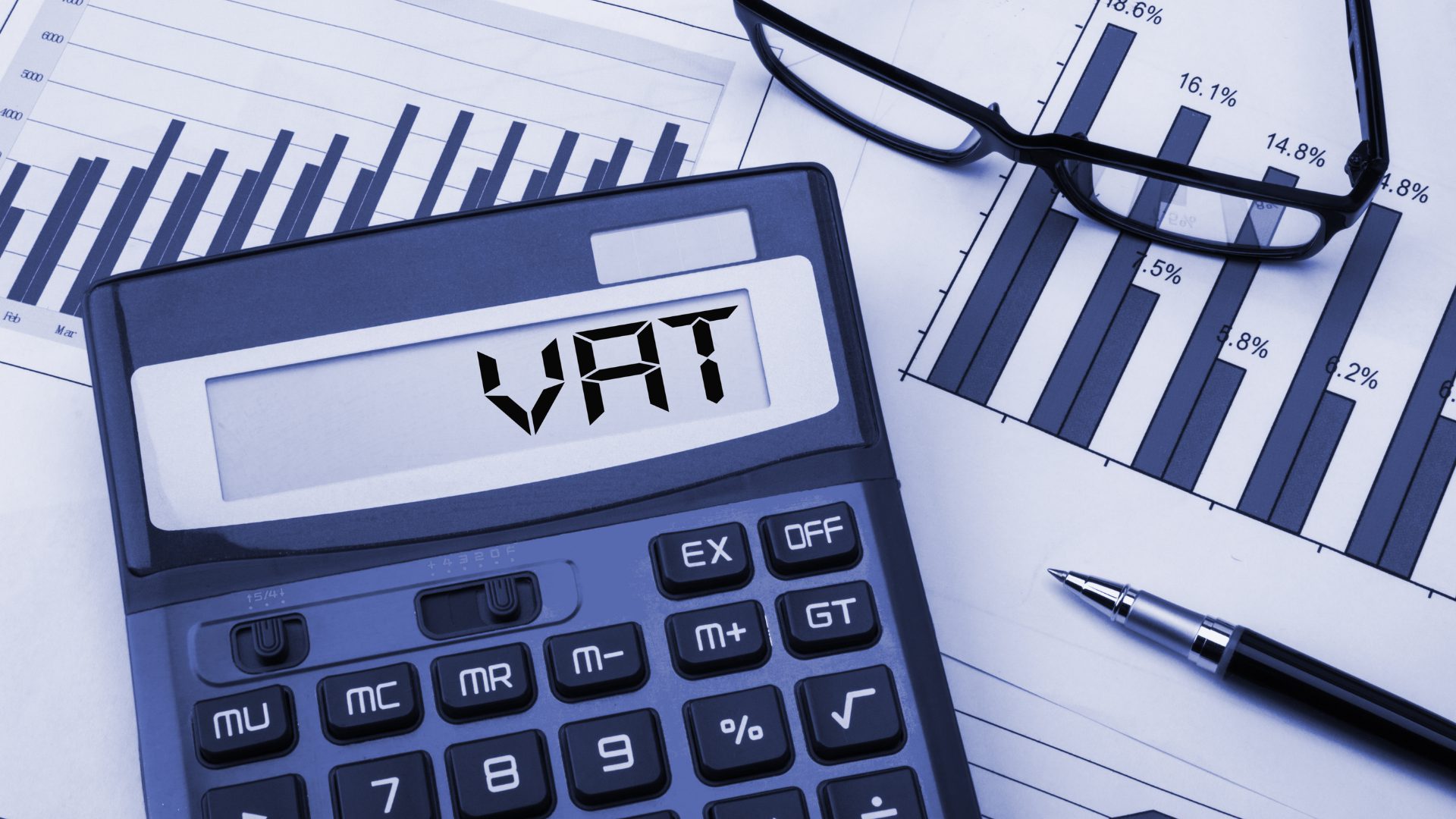Value Tax on Added Value is a crucial aspect of the transactions in the financial sector within the United Kingdom. Understanding how to file a VAT return is essential for companies registered for VAT with HMRC. This guide will give invaluable information on the intricate process of submitting VAT returns. It will also help companies navigate the financial landscape with confidence.
What exactly is VAT? Why Does it Matter?
Value Added Tax (VAT) is a tax on consumption that is put in place by the government whenever products or services are offered for sale. If your business is VAT-registered, it means that you are required to declare VAT on the sale of your services or products. You’ll need to take VAT from your customers, pay it back to HMRC and then provide them with an invoice or receipt that states the amount of VAT included in the transaction. If you buy something, you’ll get a VAT bill that shows the amount of VAT that was included in the transaction. It’s important to keep accurate records in order to file a VAT claim with HMRC.

The Basics of VAT Returns
Filing VAT returns on time and VAT returns with HMRC is among the most fundamental obligations that businesses that are registered for VAT are required to fulfill. A VAT report is a summation of the business’s purchases and sales during the specified time. This is basically a way to report on the amount of VAT they have collected from their customers and the amount they paid for their purchases. The process usually occurs on an annual basis.
How to File a VAT Return Step-by-Step Procedure
1. Be aware of Your VAT period: It’s important to understand your VAT period prior to beginning the filing process. Businesses in the UK generally file VAT returns each three months. Ensure you have a clear understanding of the start and end dates of your VAT period.
2. Create a list of sales and purchase information Gather all relevant information on your purchases and sales during the VAT timeframe. Included are sales invoices sent to clients, invoices of purchases received from suppliers, and financial records.
3. Calculate the Output Tax. Output tax is equal to the VAT you have charged your customers for the sale. Calculate your total output tax by adding the VAT of each sale in the VAT period.
4. Input tax can be calculated by adding the VAT for all your purchases during the period of VAT. Add the VAT you paid on all of your purchases to calculate the total tax you have to pay on your inputs.
5. Fill out the VAT Return Form Using the data gathered, fill in the VAT return form provided by HMRC. This form includes sections that detail your total purchases and sales, in addition to output tax and input tax.
6. HMRC must receive the VAT return within the deadline specified. HMRC offers Making Tax Digital, a service that allows submissions online.
Avoid these Common Mistakes
Late Filing: Make sure that you submit your VAT return before the deadline to avoid penalties. If you’re late in filing, it could result in economic consequences for your company.
Inaccurate Information: Double-check all the information on your VAT return to ensure accuracy. Errors in calculation or incorrect figures can lead to confusion and issues with HMRC.
Failure to claim the Input Tax Business owners are eligible to be eligible to claim VAT on purchases. Be sure to find out what input tax you are able to reclaim. This could have a significant impact on the VAT you owe.
Conclusion
Navigating the landscape of VAT returns is a crucial aspect of managing financials for businesses in the UK. Learning how to file a VAT return, understanding the intricacies of VAT returns and following a thorough VAT guide is crucial for making sure that your company is in compliance with the law and for smooth operation of your company.
Businesses should be careful when preparing VAT returns and accuracy. Understanding the process while avoiding blunders and making the most of the available resources can assist businesses in reducing their VAT obligations. This will contribute to stability in the financial system and ensure compliance with regulatory requirements. Whatever your situation, whether you’re a seasoned business owner or a newcomer to the VAT world being aware and proactive regarding VAT returns will guarantee solid financial security for your company.